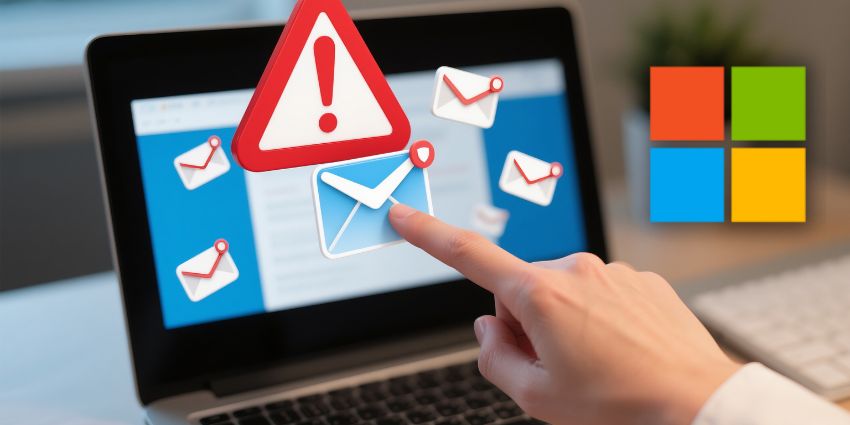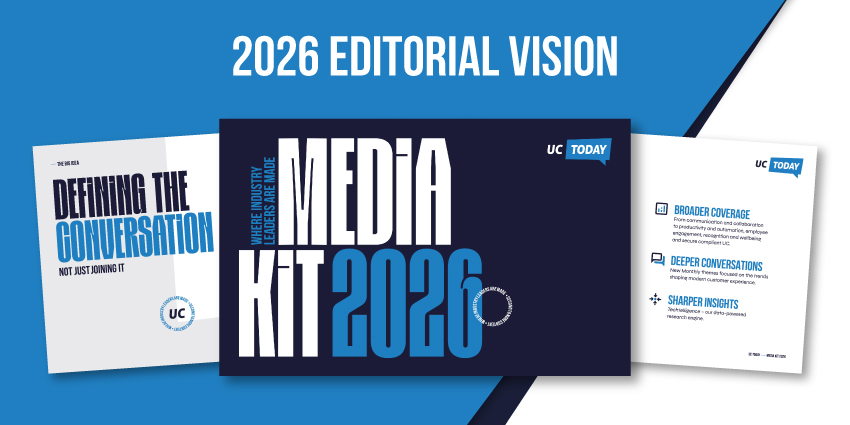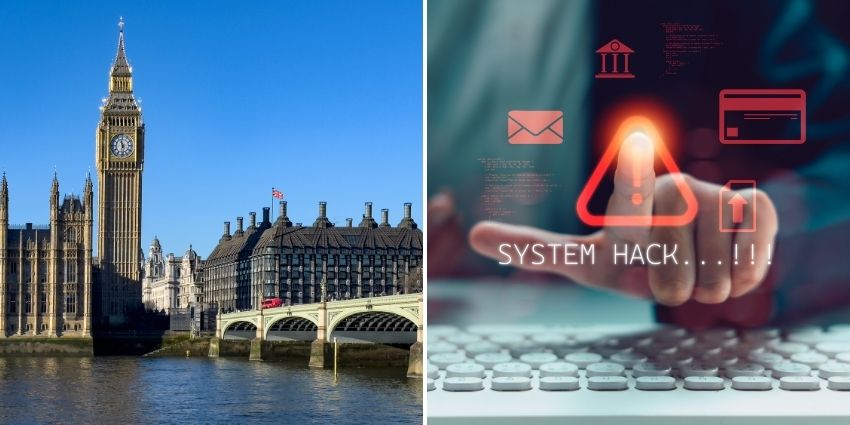How can you distinguish a genuine Microsoft account team communication from a sophisticated phishing attempt?
In today’s cybersecurity landscape, where AI is increasingly wielded by attackers to craft sophisticated spam messages, telling the difference is increasingly challenging.
A 2025 email threat report by cybersecurity company Barracuda highlighted 20% of companies experience at least one account takeover incident each month, with one in every four HTML attachements in emails being malicious.
This is because as digital collaboration platforms like Microsoft Teams and Outlook become integral to business operations, cybercriminals are developing more intricate strategies to exploit communication channels.
Malicious actors are continuously refining their techniques to circumvent traditional security measures.
To safeguard your digital assets and organizational integrity in 2025, we’ve conducted an in-depth analysis of Microsoft account team email scam tactics and developed comprehensive defensive strategies.
What is a Microsoft Account Team Email?
It’s crucial to understand that not all Microsoft account team emails are malicious.
Authentic communications serve specific protective purposes. These legitimate messages typically accomplish critical security objectives:
- Verifying your account: Genuine Microsoft Account Team emails help confirm user identity and account access. They might notify you about login attempts from unfamiliar locations or request additional verification through two-factor authentication mechanisms.
- Identifying risks: When potential security threats are detected, Microsoft proactively sends notification emails. These communications aim to alert you to suspicious activities, empowering you to take immediate protective actions.
- Sending notifications: Microsoft systematically communicates important account changes. You might receive emails documenting password modifications, contact information updates, or unusual login attempts.
What is a Fake Microsoft Account Team Email?
Fraudulent Microsoft account team emails represent a sophisticated and prevalent phishing strategy. Their prevalence has escalated dramatically as organizations increasingly rely on digital communication platforms and bad actors get their hands on increasingly sophisticated tools like AI.
Essentially, these deceptive messages mimic official Microsoft communications. They often incorporate convincing elements like official logos or carefully crafted email addresses designed to appear legitimate.
Although they may try different methods, their primary objective remains consistent: tricking recipients into revealing sensitive personal information, including login credentials or financial details, or clicking virus-loaded links or PDFs that can give attackers access to their systems.
These fraudulent communications frequently employ psychological manipulation tactics, such as marking messages as “high priority” or presenting them as communications from a “trusted sender”, which makes detection significantly more challenging.
Typically, these scam emails fabricate stories about “suspicious” account activities, compelling recipients to click embedded links that supposedly lead to account verification or password reset pages.
Upon clicking, victims are redirected to meticulously designed spoofed login interfaces that closely resemble authentic Microsoft pages.
The true intention is insidious: by entering credentials on these fake pages, victims unwittingly provide malicious actors complete access to their accounts, enabling potential large-scale data theft and further exploitation.
How to Identify a Fake Microsoft Account Team Email
Fortunately, Microsoft has developed sophisticated security mechanisms to combat phishing attempts.
Technologies like Spoof Intelligence and Exchange Online protection leverage advanced algorithms to intercept and neutralize potential threats.
These integrated tools automatically validate sender authenticity, employing complex verification processes to identify suspicious communication patterns.
However, no system is entirely foolproof, and in the age of AI, some attacks may be able to bypass the system.
This means individual vigilance remains critical.
Microsoft’s Known Email Signatures
microsoft.com
microsoftsupport.com
mail.support.microsoft.com
The most straightforward method for identifying legitimate communications involves examining the email domain.
Messages originating from @accountprotection.microsoft.com typically indicate authentic correspondence. Nevertheless, cybercriminals can still potentially manipulate source addresses.
Here are comprehensive strategies for identifying potentially fraudulent emails when sender information seems uncertain.
Check All of the Sender’s Information
Outlook provides visual indicators when sender verification encounters challenges. A question mark within the sender’s image suggests Microsoft couldn’t conclusively authenticate the communication. While not definitively indicating fraud, this signal warrants heightened scrutiny before engaging with the message.
Such verification anomalies are exceptionally rare in genuine Microsoft communications, as the company maintains robust authentication protocols. Pay close attention to discrepancies between displayed and actual sender addresses, particularly when Outlook highlights alternative sender information with a “via” tag.
Pro tip: Outlook’s web interface allows you to hover over sender details to inspect information without fully opening the message.
Read the Email Carefully
While legitimate Microsoft Account team emails might request personal information or suggest password changes, nuanced differences can reveal potential scams.
Cybercriminals might also send an email from addresses that look legitimate, like [email protected], but these are designed to trick those who searched the email but are unaware of the official email signature.
Equally, authentic Microsoft communications maintain a consistently professional tone with precise language and standardized formatting.
Be alert for unusual image rendering, unexpected formatting inconsistencies, or grammatical irregularities that might signal a fraudulent attempt.
Scammers often employ more aggressive communication strategies, utilizing hyperbolic language to manufacture a sense of urgency.
They might promise incentives or exaggerate potential account risks to manipulate recipients into hasty actions.
Watch Out for Additional Red Flags
If your organization has recently experienced targeted phishing attempts, maintaining elevated caution is prudent.
Consider the context of unexpected communications carefully.
Unsolicited emails requesting account modifications become suspicious when you haven’t initiated any changes or received administrative directives.
Consulting team members to verify such communications can provide an additional layer of protection.
Regularly monitoring your Microsoft account’s activity log helps identify potential unauthorized access attempts. Unexpected login attempts from unfamiliar geographic locations or numerous failed authentication attempts might indicate targeted malicious activities.
Protect Yourself From Fake Microsoft Account Team Emails
As cyber threats become increasingly sophisticated, distinguishing phishing attempts requires nuanced awareness.
The most effective protection strategy involves maintaining a consistently skeptical approach to unexpected digital communications.
Even communications appearing to originate from seemingly authoritative sources require careful scrutiny.
If any aspect of an email raises suspicion, avoid clicking links or downloading attachments.
Instead, proactively engage with your administrative team or contact Microsoft’s support channels directly. Leverage built-in security features like multi-factor authentication and the Microsoft Authenticator to enhance your digital defense mechanisms.
Microsoft provides a direct channel for reporting suspicious emails: simply forward potential phishing attempts to [email protected], enabling their security team to investigate and mitigate potential threats.
FAQs
How does Microsoft notify you about unusual account activity?
Microsoft may send email notifications about suspected unauthorized access. To verify legitimacy, review your account’s recent activity page, which documents login attempts within the past 30 days.
How do I know if my Microsoft Security alert is real?
Validate suspicious security alerts by examining sender information, focusing on the @accountprotection.microsoft.com address. Assess the communication’s language, formatting, and overall presentation for potential inconsistencies.
What do Microsoft alert emails look like?
Genuine Microsoft alert emails consistently feature the official Microsoft logo and typically originate from verified domain addresses. Compare the email’s formatting against previous authentic communications and remain cautious of any suspicious hyperlinks.
How can I tell if an email from Microsoft is genuine?
Primary verification involves scrutinizing sender addresses. Legitimate Microsoft communications exclusively use domains like Microsoft.com, Microsoftsupport.com, and @accountprotection.microsoft.com. Be vigilant about potential address misspellings.
How can I safely verify a Microsoft account?
Follow official Microsoft guidelines precisely. Avoid clicking uncertain links, consistently monitor account activity for anomalies, and promptly report potential scam attempts directly to Microsoft.
Be part of a community that shapes the future of UC. Join thousands of like-minded professionals who share your passion for exceptional Unified Communications.







